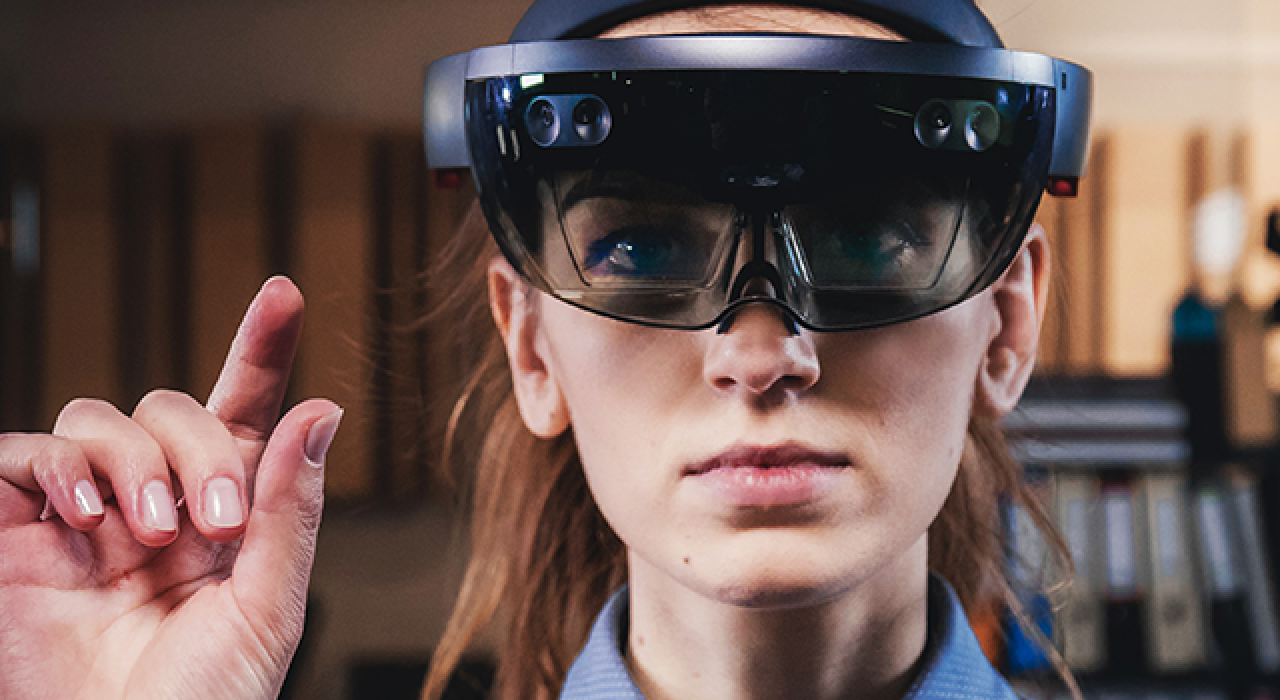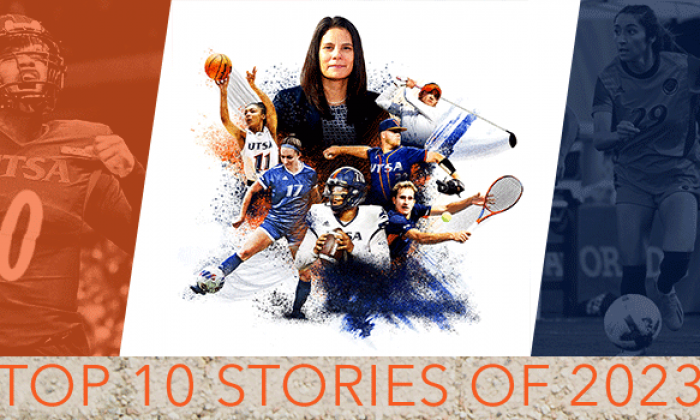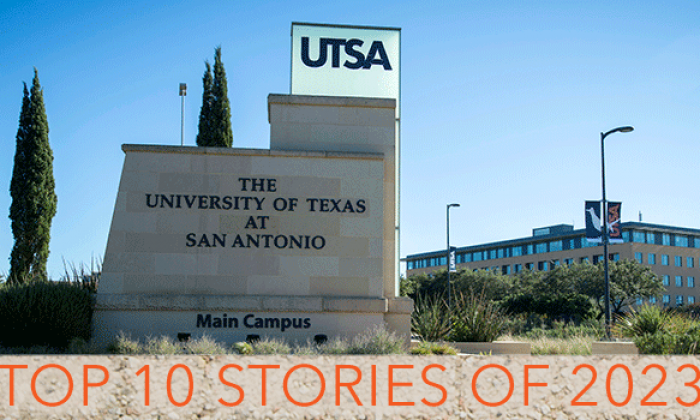FEBRUARY 21, 2020 — Researchers at UTSA are working to identify the best approach to help children operate augmented reality technology. According to UTSA computer science experts, a major barrier to wider adoption of AR for experiential learning is that designs tend to be geared toward adults’ voice or gesture commands.
By conducting in-classroom testing among elementary school students, UTSA researchers have uncovered that AR programs are best delivered using controller commands, followed by programs that communicate with age-specific language.
“The majority of AR programs urge users to speak commands such as ‘select,’ but a child doesn’t necessarily communicate in this manner,” said John Quarles, study co-author and an associate professor in UTSA’s Department of Computer Science. “We have to create AR experiences that are designed with a child in mind. It’s about making experiential learning grow and adapt with the intended user. Currently, many voice commands are built to recognize adult voices but not children’s.”
“One of my favorite parts of working in human-computer interaction is the impact your work can have.”
—BRITA MUNSINGER, Ph.D. Student in Computer Science
Quarles, along with project co-lead Brita Munsinger, designed the research study to replace more complex word instructions with easier commands that would be best understood by the younger subjects. This allowed the children to reduce time and error in completing a series of tasks.
“One of my favorite parts of working in human-computer interaction is the impact your work can have,” Munsinger said. “Any time someone uses technology there’s an opportunity to improve how they interact with it. With this project we hope to eventually make augmented reality a useful tool for teaching STEM subjects to kids.”
The UTSA study was conducted in classrooms with children ages 9–11 who wore Microsoft HoloLens smart glasses and were then asked to complete a series of tasks.
In the analysis students by far exhibited fewer errors, less fatigue and higher usability when interaction with AR was based on completing tasks that relied on hardware controllers. Voice and gesture selection both took longer than controller selection.
Children’s fatigue levels also were highest when participants had to make gesture commands. Moreover, this modality was the least usable interaction, while controller was rated highest on usability.
According to a 2019 Deloitte report on the state of AR, investments into this segment of digital reality will be led by the U.S. and estimated over $3.5 billion.
Quarles, who serves as director of the San Antonio Virtual Environments Lab at UTSA and whose areas of research focus include human-computer interaction and virtual, augmented and mixed realities, has developed virtual reality programs for children with learning disabilities.
“We hope that with this study,” Quarles said, “will serve as a launching point to improve the future immersive learning tools in our classrooms.”



